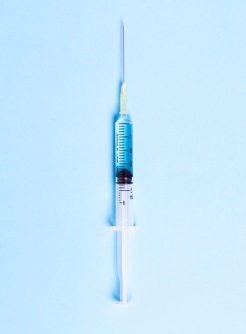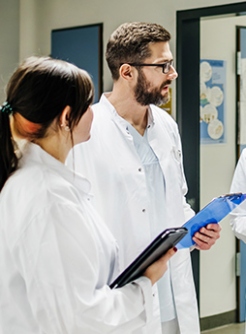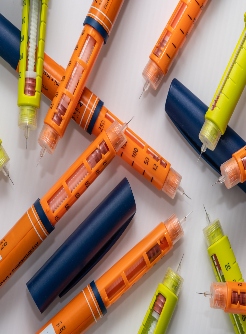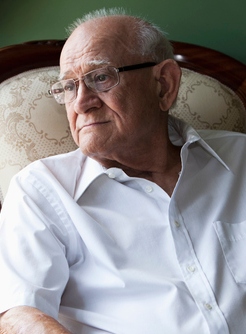Mobile Health Interventions Improve HbA1c Glucose Levels in African American, Latinx Patients with Diabetes
By Dave Quaile, MD /alert Contributor
January 1, 2024
The utilization of mobile health intervention tools led to improvements in HbA1c levels in African American and Latinx adults diagnosed with type 2 diabetes, starting with baseline HbA1c values of 8.0% or higher, according to new data published in JAMA Open Network.
A mobile health intervention led by clinical pharmacists and health coaches could effectively improve glucose levels, potentially mitigating racial and ethnic health disparities. “While telehealth can improve diabetes management, few studies have had meaningful representation of African American and Latinx patients and, to our knowledge, no studies have investigated the facilitation of telehealth access in this context,” Ben S. Gerber, MD, MPH, from the department of population and quantitative health sciences at the University of Massachusetts Chan Medical School and the department of medicine at college of medicine, University of Illinois, and colleagues wrote in the study. “Health coaches visiting patients at home may participate in 3-way videoconference calls, allowing them to facilitate and collaborate with both the pharmacist and patient simultaneously. Between these encounters, health coaches can engage patients through text messaging to reinforce self-management.”
To determine whether clinical pharmacists and health coaches using mobile health (mHealth) tools can improve HbA1c levels, Gerber and colleagues conducted an extensive clinical investigation made up of 221 African American or Latinx patients with type 2 diabetes and elevated HbA1c levels (≥8%). The study, conducted between 2017 and 2020, included patients aged 21 to 75 years who were randomized to an intervention group or a waiting list.
Those assigned to the intervention group underwent a 1-year regimen of mHealth-supported diabetes care followed by monitored usual diabetes care during the subsequent 12 months, resulting in a total follow-up duration of 24 months. Patients randomized to the waiting list control cohort initially underwent usual diabetes care for the first year followed by the mHealth diabetes intervention during the second year of the study.
According to the study, patients in the mHealth diabetes intervention group received remote support from pharmacists, incorporating activities such as reviewing glucose levels and intensifying medication through a video telehealth platform. Health coach engagement, which involved addressing obstacles to medication use and aiding pharmacists in medication reconciliation through telehealth, took place both in-person at participants’ homes and through phone calls and text messaging. Conversely, the control group received conventional diabetes care, involving routine healthcare services from their primary care physicians, encompassing medication reconciliation and adjustments as necessary.
The study’s primary outcomes, assessed at 6-month intervals, included blood pressure, cholesterol levels, BMI, health-related quality of life, diabetes distress, diabetes self-efficacy, depressive symptoms, social support, medication-taking behavior, and diabetes self-care.
In a cohort of 221 patients with a mean age of 55.2—69.7% women, 148 African American adults, and 73 Latinx adults—the baseline mean HbA1c level was 9.23%. The researchers found over the initial 12 months that the intervention group exhibited a notable improvement in HbA1c, with a mean change of -0.79 percentage points, compared to -0.24 percentage points in the waiting list control group (treatment effect, -0.62; 95% CI, -1.04 to -0.19; P = .005).
During the subsequent 12 months, the waiting list control group, upon receiving the same intervention, showed a significant change in HbA1c (mean change, -0.57 percentage points; P = .002), while the intervention group sustained its benefit (mean change, 0.17 percentage points; P = .35). The researchers found no differences between groups in secondary outcomes according to adjusted models.
--
Disclosures: Some authors declared financial ties to drugmakers. See full study for details.
Photo Credit: Getty Images.




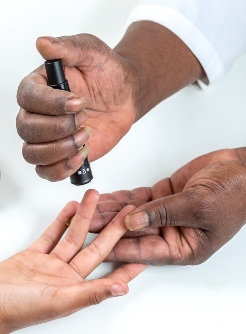
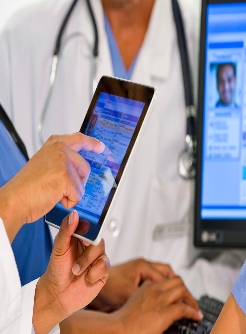


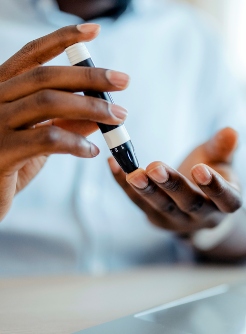

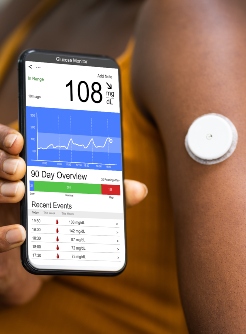




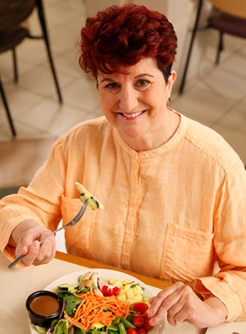






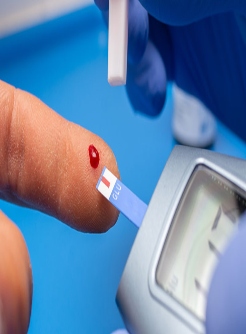
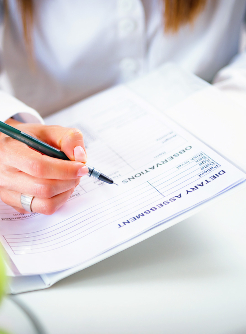
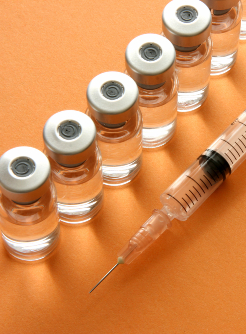

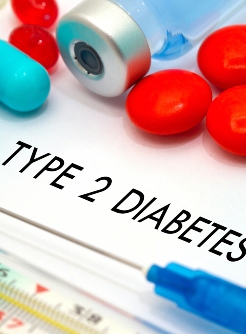


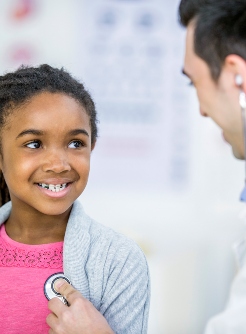
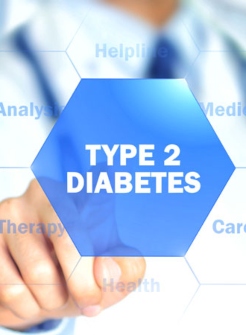
.jpg)
.jpg)

